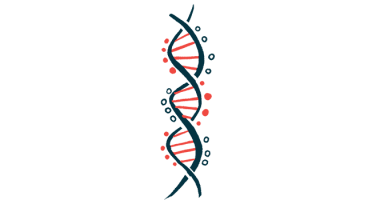Coronary Artery Disease May Be Underdiagnosed in Prader-Willi Syndrome, Case Study Suggests

People with Prader-Willi syndrome (PWS) may have an increased risk for coronary artery disease (CAD), a Portuguese case study suggests.
CAD is the most common type of heart disease. It is characterized by the narrowing and hardening of arteries that supply blood to the heart due to the buildup of cholesterol and other materials.
Over time, CAD can also weaken the heart muscle and contribute to heart failure, where the heart is unable to pump blood effectively to the rest of the body, and to arrhythmias, or irregular heartbeats.
The study reports the case of a 27-year-old PWS patient diagnosed with CAD. The findings were published in the journal BMJ Case Reports in a study titled “Prader-Willi syndrome: a nest for premature coronary artery disease?”
PWS is associated with severe birth defects, including obesity, growth hormone deficiency, and hypogonadism, a reduction or absence of hormone secretion or other functions of the gonads, testes, or ovaries.
PWS patients are at a high risk of developing heart diseases due to obesity-associated cardiovascular risk factors, such as diabetes mellitus type 2, hypertension, or obstructive sleep apnea syndrome.
However, only three cases of premature CAD have been reported to date in living PWS patients.
Now, researchers at Hospital do Espírito Santo EPE in Évora, Portugal, described a fourth case of premature CAD in a 27-year-old PWS patient.
The patient was diagnosed with PWS at the age of 12. At the time, he presented several characteristics of PWS, including low stature, morbid obesity, hypogonadism, and cognitive deficit.
At the age of 14, he was diagnosed with high cholesterol, diabetes mellitus type 2, hypertension, and dyslipidemia, an excessive amount of lipids in the blood.
When the patient was admitted to the emergency room, he complained of flu-like symptoms and chest pain.
Although chest radiography revealed no alterations in the heart’s structure, electrocardiography (ECG) showed changes in the heart’s function. Also, proteins associated with dying heart tissue were found in the patient’s blood.
A medical procedure routinely used to diagnose CAD, called coronary angiogram, detected CAD in three different arteries of the heart.
The results showed a 60 percent stenosis, or abnormal narrowing, of the midanterior descending artery, total occlusion of the obtuse marginal artery, and 99 percent stenosis in the proximal right coronary artery.
The patient was subjected to an angioplasty, a medical procedure used to widen narrowed or obstructed blood vessels. After a two-month follow-up period, the patient reported no chest pain or tiredness and compliance with the medication, but he did not significantly lose weight.
Based on the results, the researchers suggest that CAD may be underdiagnosed in PWS patients.
“The present case report emphasizes the plausibility of premature CAD in patients with PWS, a possible underdiagnosed feature of this condition,” they wrote.






